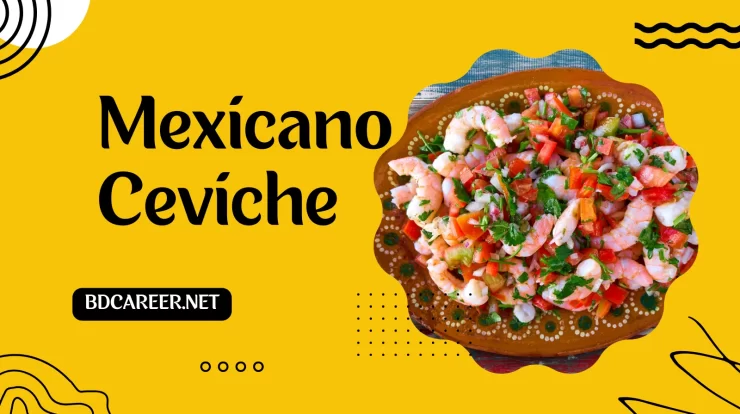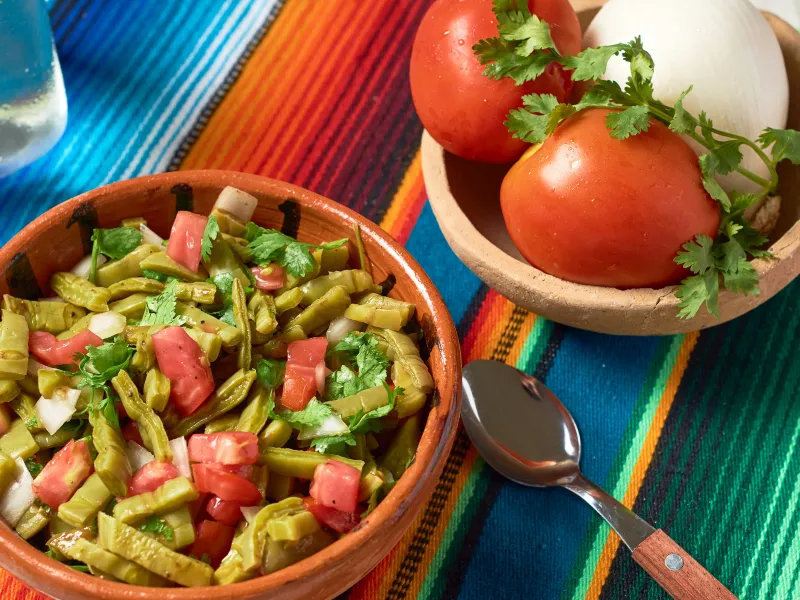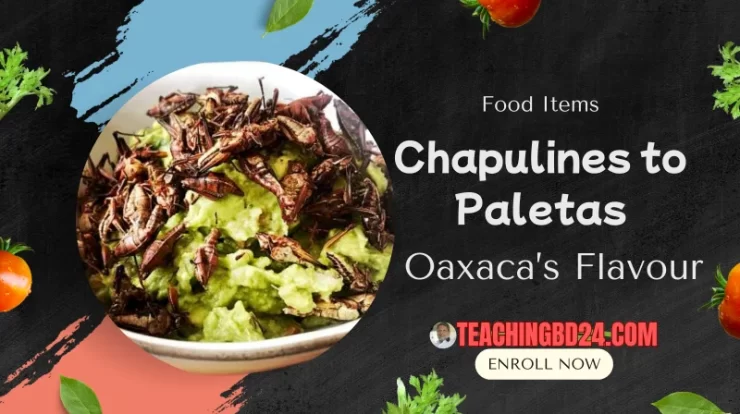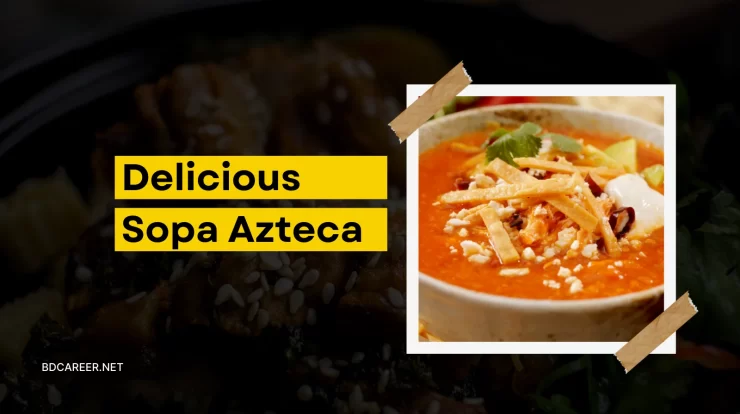
Ceviche Mexicano is a bright, citrussy dish that celebrates seafood from the shore. It features fresh fish or prawns that have been cured in lime, combined with crunchy vegetables like tomatoes, cucumber, and onion, and finished with chili and cilantro. This article is worth reading because it provides information about history, various regional techniques, safety concerns, health and versatile. A recipe with steps, and why this lime-cured fish dish is healthy and can be changed in many ways.
Contents
What Is Ceviche Mexicano?
Ceviche is both a process and a cuisine. That depends on people’s choice. It is seafood that has been cut into tiny pieces and cured in citrus juice, usually lime or lemon, until the flesh becomes opaque and solid. Can you remember the Mexican food, Salsa? Yes, ceviche is a food like this. Mexican ceviche often features a greater variety of fresh vegetables than other Latin American varieties. Common ingredients include chopped tomatoes, cucumber, and onion, as well as cilantro and chili peppers for color and intensity. The fresh fish ceviche that comes out is fragrant, has a nice texture, and is excellent for eating on the beach. It’s one of the most delicious foods in Mexico.

Peru, Ecuador, and other Latin American countries all have their own styles of ceviche. They eat this dish with ease. Still, Mexican ceviche is known for its crunchy vegetables, tropical fruits like mango or pineapple, and serving styles such as tostadas or bowls. The acid in citrus, such as lime, is the cooking method that turns raw seafood into a plate ready to eat without further cooking. Its sour taste makes this food more flavorful.
The Origins of Ceviche
Ceviche’s history is a blend of several different cultures. Long before Europeans arrived in the Americas, indigenous coastal people had been making fish with fermented foods or fruit acids. Still, this culture is deeply ingrained in the Mexican people. This is an example of pre-Hispanic cuisine customs. When the Spanish arrived and introduced lime and onion, the way fish was cured evolved into the citrus-based ceviche we know today.
Today it is a special dish for us. The dish’s roots can be traced back to both the Pacific and the Americas. But it has been adapted to fit local preferences and ingredients. If you examine the history of Mexican culture, you can find that the food Baja Med, sushi rolls, Tlayudas pizza are also symbols of Mexico. Additionally, Cactus, Often Referred to as the superfood, is also a symbol of Mexico.
By the time coastal Mexican towns and port cities started making ceviche, the recipe had changed in different parts of the country. Some places liked cures made with only citrus fruits, while others included chiles, herbs, or tropical fruits. The dish became a typical seafood dish served at markets and family gatherings. It is a living illustration of how food has changed and adapted throughout time.
Is Ceviche Cooked or Raw?
The most accurate answer is that it is cured with acid, not heat. Lime or lemon juice contains citric acid, which alters the structure of proteins in seafood, like heat. That is healthy food. This makes the flesh firmer and changes the color from opaque to clear. This method, known as acid-cooked seafood, gives fish the appearance and texture of being cooked without requiring high-temperature cooking. You can eat as a craving for a sauce. That difference is essential for chefs to describe whether ceviche is raw or cooked.

But acid curing doesn’t kill bacteria in seafood the same way that heat does. Lime juice kills some bacteria and makes certain parasites less likely to survive. It is also safe for the immune system. Therefore, the safety of lime-cured fish depends on obtaining high-quality seafood, maintaining its cold temperature, and consuming ceviche on the same day it is prepared. Think of curing acid to alter the food, not to ensure it is spotless. Otherwise, you can eat it raw or cooked, depending on your taste.
Is Mexican Ceviche Healthy?
People typically praise Ceviche as a low-calorie seafood dish. It is high in protein and heart-healthy fats. That’s not so harmful for health, especially with fatty fish like salmon or white fish that are rich in omega-3 fatty acids. Fresh tomatoes, cucumbers, and onions contribute fiber, vitamins, and antioxidants while keeping the food light. It provides vitamin C for health. Ceviche is an excellent choice for individuals seeking meals high in protein and low in added oils.
Ceviche is primarily fish and vegetables. That includes it as healthy food. Therefore, it can be a part of Mexican dishes that are beneficial for your heart or meal plans that support weight loss. Most of the sodium comes from additional salt and any crunchy sides, such as crackers or tostadas. This vegs food also increases energy in your body. To keep it healthy, keep things in check. Mexican Ceviche is a healthy and refreshing option, provided the seafood is fresh and the servings are modest. You can eat Ceviche without thinking.
How to Make Ceviche Mexicano?
Fresh seafood, such as firm white fish (like sea bass or snapper) or peeled prawns, is a good place to start. Cut the pieces into manageable sizes and place them in a bowl that won’t react with them. Pour fresh lime or lemon juice over the fish until it is completely covered. Let it sit for 15 to 30 minutes, depending on the size of the pieces. The proteins will “cook” in the citrus. You want them to be opaque and firm. This is a simple and authentic way to make ceviche that can be found in many step-by-step manuals.
While the shellfish is cured, chop the tomatoes, cucumber, and red onion into tiny pieces. This shape is easy to eat. For heat, dice up the jalapeño or serrano. Add the chopped cilantro. Remove most of the citrus from the cured fish (keep a little for flavor), then mix in the vegetables and add salt to taste. It’s ready to eat. Serve right away on tostadas or with saltines and avocado. Remember that the essentials to making ceviche at home are fresh seafood, sharp citrus, and fast service. Make this food and enjoy it with your family.
Is Ceviche Safer Than Sushi?
People often compare the safety of ceviche and sushi. But the hazards aren’t always the same. These are two different foods. Usually, sushi-grade fish is frozen to kill specific parasites before being used. This is why the contrasts between sushi and ceviche are so crucial for safety. The acidic content is higher in sushi rolls. Research and testing on food safety have indicated that ceviche may contain more bacteria than sushi. However, the results depend on how it is prepared and where it is purchased. If the processing is sound, the food quality is also better.
To safely accept the meal, follow these guidelines for eating raw fish: purchase from trusted sources, verify that the seafood is intended to be eaten raw, keep it refrigerated, and consume it immediately. Maintain these to keep food safe. If you’re pregnant or have a weakened immune system, consider your food options carefully. Sushi and ceviche can be safe and tasty for people who enjoy trying new foods, if they are handled carefully. Take two foods of your choice.
Regional Variations of Mexican Ceviche
Ceviche varies depending on where you are in Mexico, as the coastline is long and diverse. In Baja California, for example, ceviche is typically made with fresh white fish and avocado, and it is often served with lime and cilantro. Due to its sour flavor, the taste is distinct. In Yucatán, ceviche is more tropical, featuring habanero heat, orange or sour orange juice instead of lime, and sometimes seafood accompanied by chopped local fruits.

In Guerrero, ceviche recipes are heartier and spicier, which goes well with beachside vendors and families. In one word, a food has a different taste according to place and culture. Even Caribbean-style ceviche in Mexico can have coconut or tropical fruit, which brings out the tropical flavors. These regional variations demonstrate that ceviche is not just one recipe, but a family of dishes shaped by local catch, climate, and taste. It’s an interesting phenomenon to have different tastes depending on one’s surroundings.
Conclusion
Ceviche Mexicano is a taste of coastal tradition and cultural pride that will leave you feeling good. This lime-cured shellfish is a reminder of how food brings people and places together, whether you appreciate it for its health benefits, historical significance, or delicious taste. A serving of ceviche is like having Mexico’s ocean-fresh narrative on your table.





